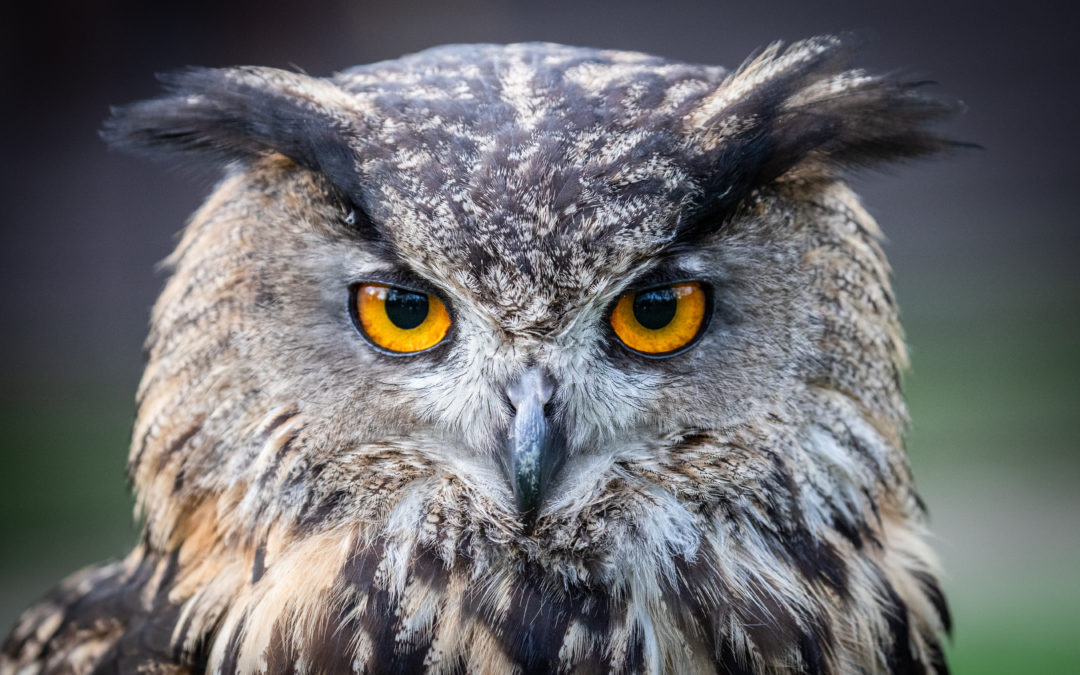They say a picture is worth a thousand words but, when it comes to content for social media and online platforms, a picture really can be worth its weight in gold. Images are key to taking your blogs to a higher level in terms of attracting interest from your target audience.
Expending resources creating content as part of a PR strategy which fails to land with the right audience or worse, doesn’t get any traction at all, is a poor investment. Using images appropriately has been shown to significantly increase views. Illustrating content with images is also a really important tool for SEO maximisation.
Why bother with images?
- A big block of text can be intimidating and just isn’t that inviting to look at. Readers are busy (and sometimes lazy) so use pictures to break up text and make a page look more attractive and less intimidating. A good image will grab the attention and draw readers in.
- If your content is very technical or contains complex ideas then diagrams, graphs and pie charts can really help to get your ideas across in a more user-friendly way. Remember, many readers may be visual learners who will appreciate graphs more than text.
- Pictures of people can help humanise content; people trust people and are naturally drawn to faces. Ideally an image of people will feel real rather than staged and will be obviously related to the content – even if it is just a picture of the author.
- Embedded in the right way, images can help with being found more easily by Google and really enhance SEO; it has been shown that content with images is viewed far more than that without.
Anything to watch out for?
- Perhaps most importantly don’t inadvertently violate someone’s copyright when you post an image (this would be particularly embarrassing for a law firm!) – make sure you understand the different rights and restrictions around the use of images, see below for brief summary.
- Images will have a large file size so can slow down your website. Users will abandon your site if it takes too long to download a page so make sure you condense files to an optimum size (site speed also affects SEO health.)
- It hopefully goes without saying that the quality of the images you use should always be good i.e., clear not blurry or difficult to make out and the image should be relevant to the content, not just a random picture. Images aren’t just decoration; they should add something to the content. This may be is a descriptive sense or in a more conceptual way.
- Don’t use too many images, remember this is about enhancing the content not drowning it out. However, the actual number of images used will depend on your target audience and the subject. I’ve seen it suggested that the right number is one image per 150 words but, in the professional services arena I think this is probably too much. Your eyes move from left to right across the page so place images in the centre or on the right of the page.
Image rights
There are various rights and restrictions around the use of images. Make sure you understand the nature of the image you are using and your legal obligations.
- Royalty free: you can usually use it as you choose, but you are not allowed to edit or resell it.
- Rights Managed: Normally you purchase a single-user license for the particular image but you can only use it for one purpose such as a blog post.
- Public domain: Public domain images have no restrictions. You don’t need to ask for any permission before using these images. Although it’s the general consensus you provide attribution, it’s by no means mandatory.
If you’re looking to buy images then you can use a site like Shutterstock. If you’re looking for free images that you can use without having to attribute anything to the owner of the image, then look at Unsplash or Pixabay.
Conclusion
Images need to be a supporting tool, used fairly sparingly and appropriately in order to enrich the reader experience by making it easier (and possibly more entertaining) to read and digest content. However, quality of content remains crucially important – as a wise old owl once said, “…a picture is not a substitute for having something relevant to say”!
Recent Posts
Why your employers should share content on social media and how to get them to do it!
Winning ways: how to write effective awards submissions
Top tips on how to make the most of a legal directory ranking
How to start getting quoted in the press
Need some help with PR? Feel free to drop me an email to arrange a 30 minute complimentary call or take a look at some of the packages I offer law firms, accountancy practices and other b2b businesses.
